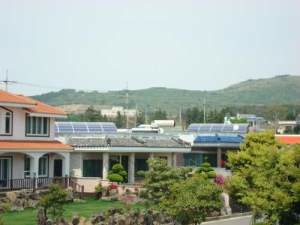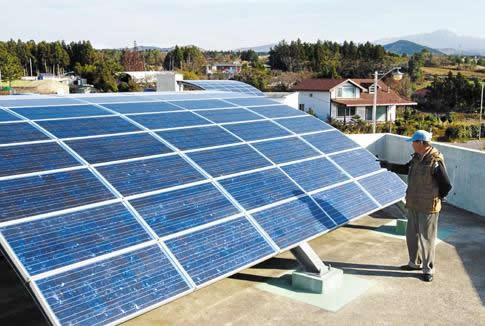Method to Identify New Sources of Geothermal Energy Discovered
Currently, most developed geothermal energy comes from regions of volcanic activity, such as The Geysers in Northern California. A team of geochemists have come up with a tool that can point to geothermal energy clusters that are far removed from the volcanic regions. This could mean that the world could derive far more energy from the geothermal source that it is doing currently.
In a survey of the northern Basin and Range province of the western United States, geochemists Mack Kennedy of the Department of Energy's Lawrence Berkeley National Laboratory and Matthijs van Soest of Arizona State University have discovered a new tool for identifying potential geothermal energy resources. The potential resources identified arise not from volcanism but from the flow of surface fluids through deep fractures that penetrate the earth's lower crust, in regions far from current or recent volcanic activity.
Kennedy and van Soest made their discovery by comparing the ratios of helium isotopes in samples. Helium-three is made only in stars, and Earth's mantle retains a high proportion of primordial helium-three left over from the formation of the solar system. Earth's crust, on the other hand, is rich in radioactive elements that decay by emitting alpha particles, which are helium-four nuclei. Thus a high ratio of helium-three to helium-four in a fluid sample indicates that much of the fluid came from the mantle.
High helium ratios are common in active volcanic regions. But when Kennedy and van Soest found high ratios in places far from volcanism, they knew that mantle fluids must be penetrating the ductile boundary by other means.
Accessible geothermal energy in the United States, excluding Alaska and Hawaii, has been estimated at 9 x 1016 (90 quadrillion) kilowatt-hours, 3,000 times more than the country's total annual energy consumption! Determining helium ratios from surface measurements is a practical way to locate some of the most promising new resources. The tool developed by the geochemists could help figure out other areas in the United States that could be sources of geothermal energy. Depending on future successes with their tool, this could turn out to be a very important finding indeed.
Source: Physorg
Labels: geothermal
PermaLink - Method to Identify New Sources of Geothermal Energy Discovered
0 Comments
![]()



















